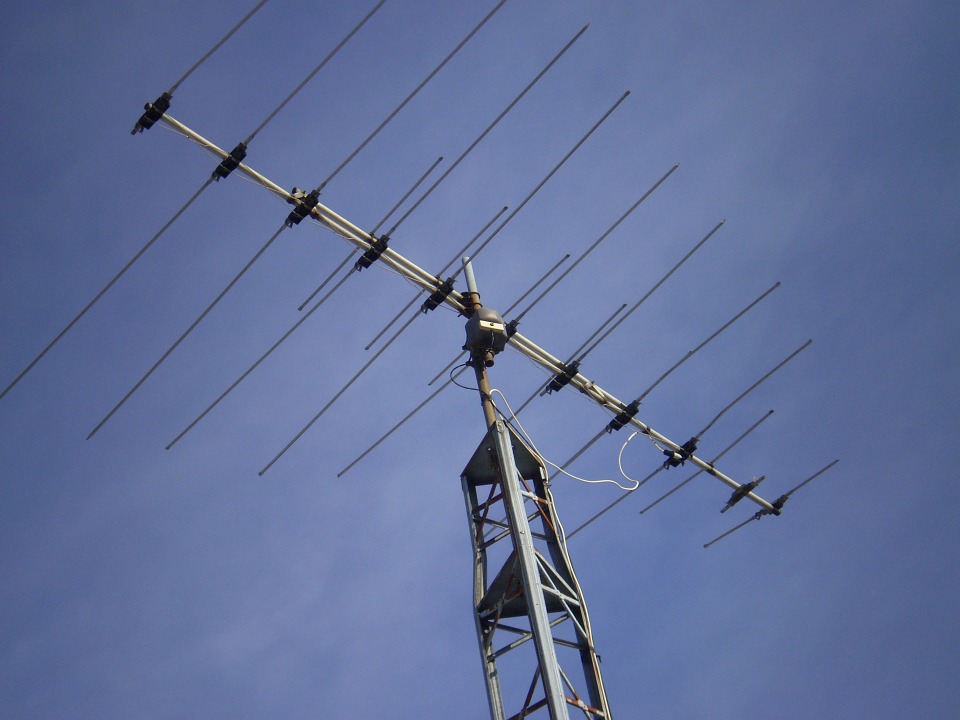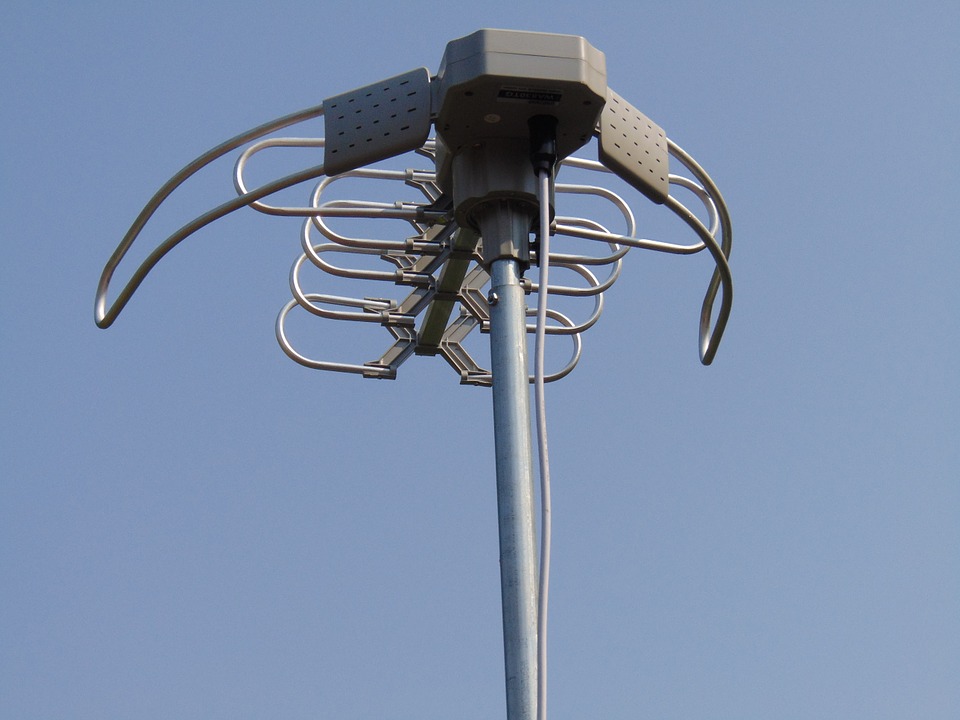In the last few decades, we have witnessed huge advancements in every field, and the technology is getting better every single day. No matter what unit or device you think of, that existed no more than a decade ago, nowadays the same devices are usually smaller, faster, better, and available for people all around the world. It is said that the aerial TV antennas as we know them, were invented about 100 years ago, and ever since then, the technology behind them has been constantly improving, so that today, we have devices that are able to bring us hundreds of channels in our homes, no matter how near or far we are to the broadcast towers.
If you are interested in the evolution of aerial technology, how it has advanced, and the different types of antennas available nowadays, you’ve come to the right place. In this article, we are going to talk about not only the advancement of these devices, but also the best ones you can find on the market, and how they are going to improve your experience as a viewer.
Aerial TV history

Img source: pixabay.com
The first prototype of the antenna as we know it dates back to the late 1880s and in the early 1900s, an experiment led to an aerial that could broadcast the signals up to two hundred meters. Ever since then, these devices have been improving and they have been advancing.
Later on, in the early 1950s, people in the United Kingdom got their first TV antenna that had a shape like the letter H, and that type of unit is said to be the closest one to the ones we can recognize today. This type of aerial had to be installed on the roof, as high as possible because it had a lot of trouble catching the signals that were emitted from the towers. It was connected to the old, large types of TVs. It is said that that type of TV and antennas were the foundations of the family gatherings around the TV we know and love today.
Back then, people didn’t have a television in every room as we do now and watching a movie, or even the news was a family event.

Img source: pixabay.com
One of the biggest advancements in this type of technology happened in the early 1970s when a direct print was applied to the circuit board. That type of technology was later on used in mobile phones and even televisions. Because of these microchips, the reproduction of the antennas became a lot easier, simpler, and less expensive. Since then, the aerials became available for everyone around the world, not just families that are able to afford something as luxurious as these devices were in the period between the 50s and the 70s.
When it comes to modern technology, nowadays there are dozens of different types of antennas available on the market, and according to aerialandsatelliteexpress, the unit you choose will affect the quality of the signal you are going to receive, as well as the picture that is shown on the TV. Because of this, you need to be extremely careful when choosing the right device for you, and depending on your budget, location, provider, and proximity of broadcasting towers around you, you should choose the best unit for your specific needs.
Types of TV aerials

Img source: pixabay.com
Now that you know more about the history of these units, we are going to tell you more about the types available nowadays, and how you can find the right one for you.
The log-periodic antennas are currently one of the most popular types because they can provide an amazing quality of the image, and they will reject the white noise that may interfere with the signal. Even though they look similar to analog aerials, they use modern digital technology. It is said that these models are the best if you want to balance the TV signal and that they work best in areas where the broadcasting tower is nearby. However, these units are not the best if you live in a rural area, or if there is not a broadcasting tower anywhere near you.
The high grain type of antenna is your best choice if you want to improve the signal, or if you are interested in connecting multiple devices. It can easily increase the strength of the signal that is received from the transmitter. Even though it is not perfect if the broadcasting tower is extremely far away, it is still a great option. In addition to this, you can choose to go with it if you have only one TV antenna and more than two televisions in your household.

Img source: pixabay.com
The last type we are going to talk about is the indoor devices, which are small, practical, and easy to install in every household. There are two main types of these units, and they include the amplified variety and the non-amplified one. As the names suggest, with one of them you will get the amplifier previously added, and it helps get a stronger signal. However, some of the users have reported that the amplifier may do more damage than good, and you don’t always need to spend the extra money on that variety. These units work wonders when you live in an area where there is a tower nearby, but they are not the best if you live outside of the city. If you choose to go with this type, you need to pay attention to the placement and the position if you want to get the strongest signal.
Other types of antennas include the contact aerials, grid, grouped, multi-boom, bow tie, and X type. They all have a different range and can intercept signals depending on the location of the broadcasting tower. If you are unsure which type is the right one for you, you can easily talk to the seller, or your provider, and ask them for a recommendation depending on your needs, location, and budget.
Now you know more about the advancement of aerial technology, where it started, and what devices we have on the market nowadays. With these units, we are able to access hundreds, and even thousands of different channels, they are easy to install, and they are practical for pretty much anywhere around the world.



